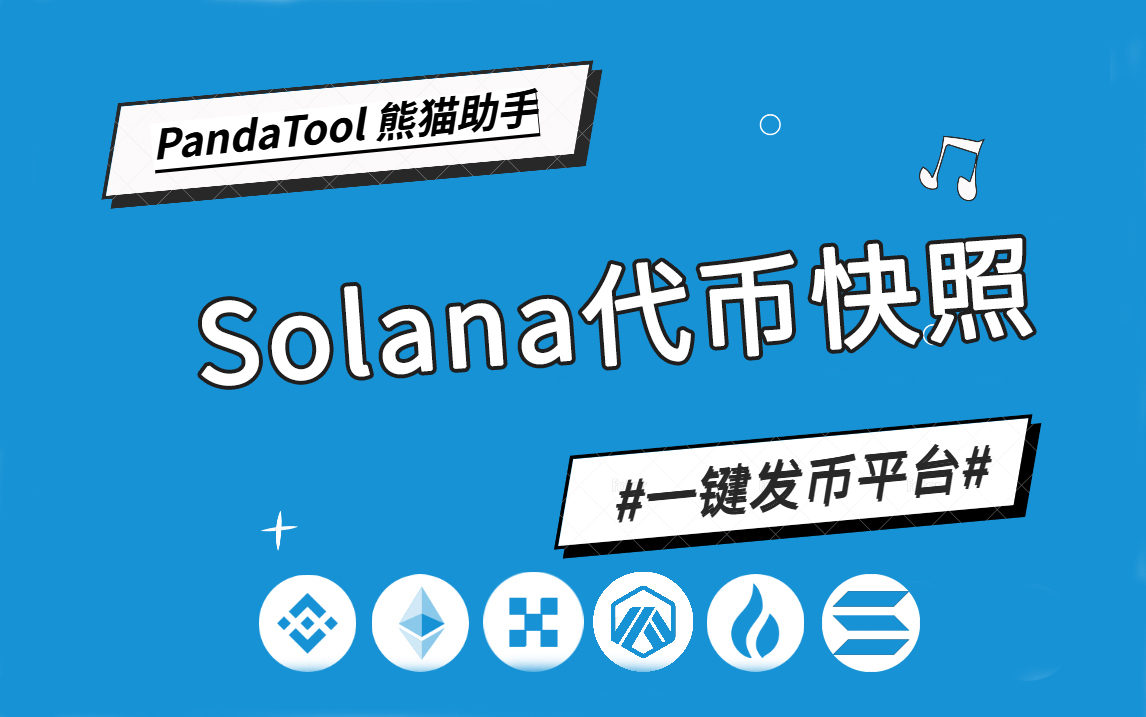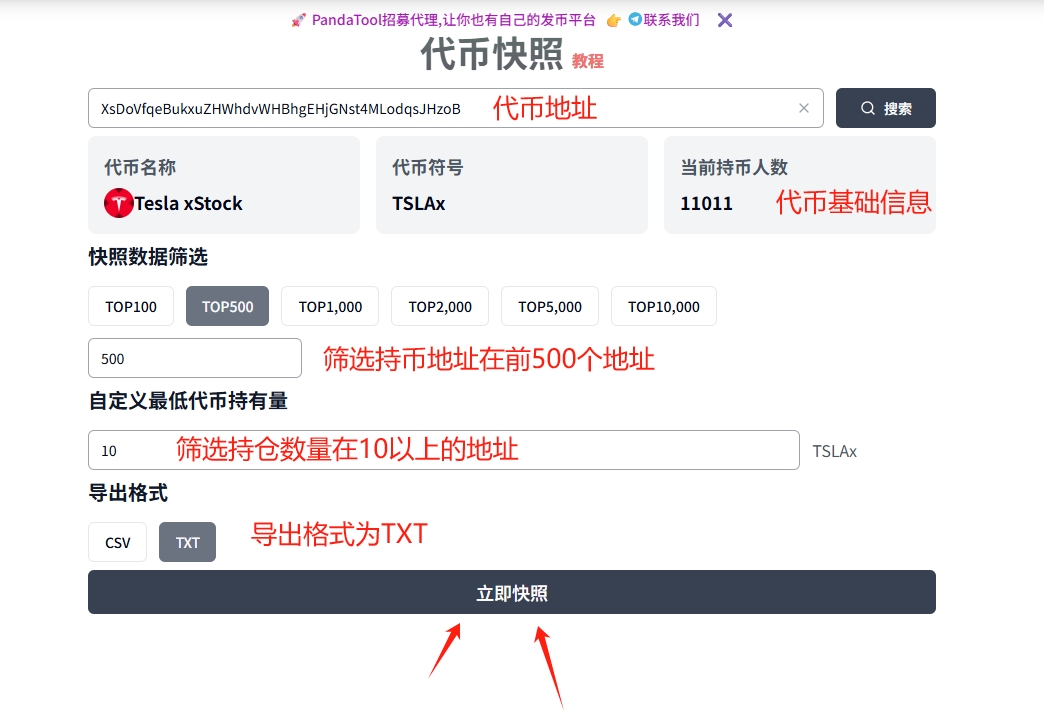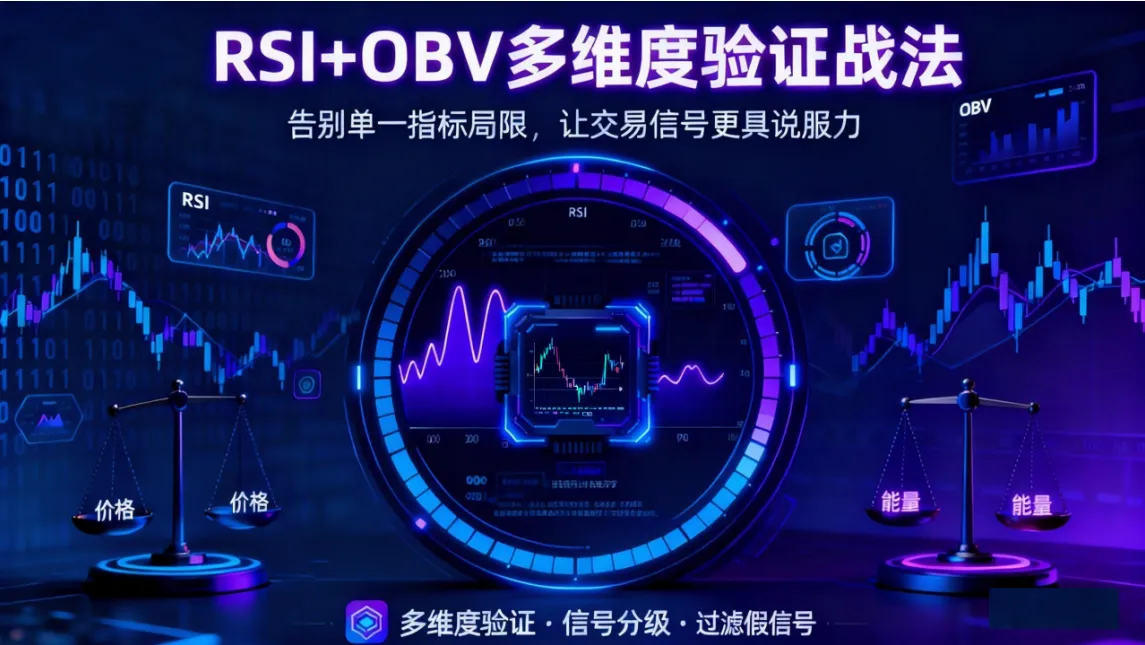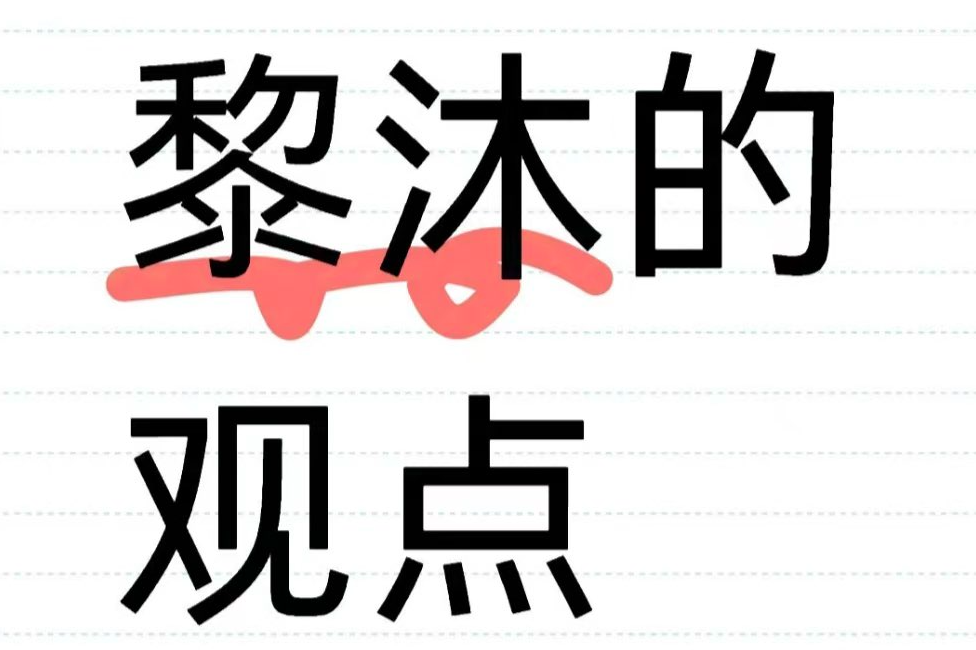Imagine you have a large community, and to fairly distribute rewards or airdrop new tokens to all members, you need to know exactly who owns how many tokens at a specific point in time. Manually checking each address is impractical and prone to errors. This is where token snapshots come into play. They automatically capture on-chain data and generate an accurate snapshot file using programming scripts or dedicated tools like PandaTool.
In the crypto world, a token snapshot is like pressing the shutter at a moment in time, permanently capturing the state of the blockchain at that specific moment. It records the asset distribution and balance data of all wallet addresses at a specific block height, establishing an immutable data benchmark for subsequent operations such as airdrops, governance, and forks. Just like a bank freezes accounts at the end of the month to generate statements, snapshots ensure the fairness and verifiability of on-chain operations.

1. What is a Token Snapshot?
A token snapshot, as the name suggests, is a comprehensive scan and record of the holder information of a specific token contract at a specific point in time (including the holder's address and the amount held by each address). In the blockchain world, this "specific point in time" is usually precisely defined by block height.
2. The Core Principle of Token Snapshots
The blockchain is a continuous, immutable ledger. Each block contains the hash of the previous block and a series of transaction records. The balance information of tokens is not stored in a single place but is dynamically calculated by tracking all related transactions.
Therefore, the essence of conducting a token snapshot is to programmatically trace back to the specified block height and traverse all historical transactions related to that token contract. The program calculates the total inflow and outflow of tokens for each address at that precise block height, thus deriving its final balance. The data list generated from this process is what we refer to as a token snapshot. This list typically includes addresses and their corresponding token balances, serving as the foundation for all subsequent token distribution operations.
3. Application Scenarios of Token Snapshots
1. Airdrop Distribution: Anti-cheating "Wool Shield"
- This is the most common use case. To promote a new token or reward existing token holders, project teams will choose a time point to take a snapshot and then airdrop new tokens to these addresses based on the recorded holdings.
2. Governance Voting: The Scale of Power Distribution
- In decentralized autonomous organizations (DAOs), community members need to vote to decide the future of the project. Snapshots can be used to determine the voting power of each address at the start of the voting (usually tied to the amount of tokens held).
3. On-chain Forks: The Bridge of Asset Mirroring
When Bitcoin forks into Bitcoin Cash (BCH), the snapshot preserves all BTC balances before the fork, ensuring users receive an equivalent amount of assets on both chains.
4. User Tiering and Incentives
Many projects regularly distribute rewards to stakers or liquidity providers. Snapshots can accurately record who participated in staking or provided liquidity at a specific point in time, allowing for fair distribution of rewards. By combining historical snapshots with real-time behavior (such as NFT holding duration), user profiles (whales/active users/inactive users) can be constructed for designing tiered rewards.
How to Conduct a Token Snapshot?
If you are a project team needing to airdrop to your community members, creating a token snapshot is essential. While technical personnel can achieve this by writing scripts, it can be quite challenging for non-technical individuals. This is where tools like PandaTool come into play.
PandaTool is a toolkit designed specifically for cryptocurrency project teams and community managers. Its token snapshot tool greatly simplifies the snapshot creation process.
Using PandaTool's token snapshot feature, you only need a few simple steps:
- Go to PandaTool's token snapshot tool: Solana Token Snapshot | PandaTool

Input Contract Address: Paste the token contract address you want to snapshot into the tool.
Filter Holding Data: Filter the holding addresses based on ranking and quantity.
Generate Snapshot: Click the button, and PandaTool will automatically generate a snapshot file containing all addresses and their corresponding token balances (usually in CSV format).
This snapshot file can be used for subsequent airdrops, reward distributions, etc., greatly saving time and effort, while ensuring the accuracy and fairness of the data.
免责声明:本文章仅代表作者个人观点,不代表本平台的立场和观点。本文章仅供信息分享,不构成对任何人的任何投资建议。用户与作者之间的任何争议,与本平台无关。如网页中刊载的文章或图片涉及侵权,请提供相关的权利证明和身份证明发送邮件到support@aicoin.com,本平台相关工作人员将会进行核查。




